
Are You 18 Or Over?
YesOr
No By clicking yes, you certify that you are over 18. By using this website, you agree to our legal disclaimer.605+ Cannabis Strains over 20 Breeders worldwide.
Table of Contents
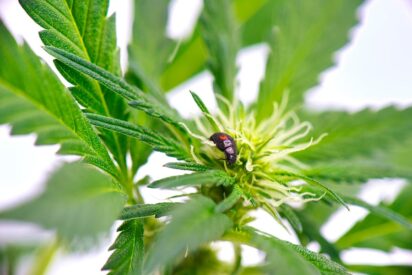
One of the greatest things about the cannabis industry is that it is constantly evolving. No one has ever imagined how wide, diverse, and developed the entire cannabis community has become. Aside from the usual weed, there are even various ways that you can consume cannabis, depending on how you feel.
But, here is one thing that you should think of if you are planning to explore cannabis growing on your own. In the battle of autoflower vs photoperiod, which one should you go for? You are not the first one to think about it. Enthusiasts, breeders, and growers have been debating on autoflower vs photoperiod for many decades ago.
In this article, you will learn more about these two big groups of cannabis strains.
One of the first terms you will encounter while studying cannabis is the word ‘photoperiod.’ This word is used to describe the lighting schedules of the plants and how much light they actually need in order to thrive and survive. For example, when 24:0 is used to describe light – this means that the cannabis plant must be exposed to light for 24 hours in one day and 0 hours of dark. A huge chunk of photoperiod cannabis strains grows well with at least 12 hours of light and 12 hours of darkness, just like how it is supposed to happen naturally.
But, there are different types of lighting schedules that growers use. In the vegetative stage, you can expect many experts to suggest going with 18:6, which means 18 hours of light and 6 hours of darkness. This can help that plant develop quickly, but this will not do anything. The flowering stage will be triggered once the grower uses a 12:12 light cycle as the plant will seem to think that the seasons are changing, and it is the right time to bloom.
Unlike how the changing of light schedules trigger the blooming of photoperiods, the opposite is true for the autoflowers. These types of cannabis strains do not depend on any seasonal change for it to flower; once the plant starts to develop its branches, it will flower on its own – thus the name autoflower.
This means that growers do not have to change, alter, or monitor lighting schedules when they are using autoflower seeds. Whether it starts with a 12:12 lighting cycle from the beginning up until the moment to flower, the autoflowers will ‘automatically’ flower even without any sort of trigger.
But, it can also be noted by growers that autoflowering strains produce higher yields when they are exposed to 18:6 lighting schedules. They will grow fine no matter the light cycle, but longer exposure to light will assure that they will be more generous in their yields.
One main reason why home and commercial growers love autoflowers is that their entire life cycle is short. This makes harvest time to arrive so much quicker. Usually, it will just take about 2 to 3 months to grow an autoflower vs photoperiod strains taking four months to complete a grow cycle. This is a reason why cannabis experts suggest that beginners go with autoflowers. This allows them to have a quick grasp of learning cultivation in a quicker and somewhat easier process.
If you will be given a chance to complete a growing process from seed to cure buds, would you for three months with autoflowers or five months with photoperiods? The choice is yours.
When photoperiod plants are planted, they take more time to fully develop, which naturally, would mean that they would grow quite larger. Based on common planting experiences, photoperiods that are planted indoors grow up to 5 to 6 feet. When you grow them outdoors, you will be surprised – they can even reach up to 10 feet. But, of course, growers can still control this growth if they practice plant training techniques.
On the other hand, autoflowers are smaller in height. Crediting their faster growth period before it is time to harvest, these autoflowering strains usually grow to a more controllable size of 2 to 3 feet for indoors and up to 5 feet when planted outdoors. If you are a person who would prefer to grow their cannabis supply stealthily, they might lean towards choosing the autoflowering strains.
Photoperiod plants require lots of your time and attention from the moment they require changes in their light cycles. They also require plant training so that their growth can be controlled, and it is very important that you protect them well against light leaks when it lights off.
On the other hand, autoflowers are resilient and hardy plants. Though they come with their growing requirements, they do not need to be checked on as often as photoperiod plants would require. You also don’t have to alter the light schedule – once you set it, that’s it.
Years ago, the main drawback of autoflowers was that they lack potency. The gap between autoflower vs photoperiod used to be wide, but things have changed so much now! In recent years, new autoflowering strains introduced to the market have THC levels that reach as high as 24 percent. With these numbers, you can see that they are all as good as each other.
Because photoperiods are bigger, they can produce more. If you compare their average yields, photoperiods can produce yields as high as 600 to 700 grams per square meter. It is significantly higher if you compare to the usual 450 to 550 grams per square meter that auto-flowering plants produce. However, there is still a way to get around this. If you consider the length of time you have to wait for photoperiods to complete a grow cycle, it can be said that you have completed two grow cycles of autoflowers by then.
Both autoflowering strains and photoperiod strains have their own well-deserved place in the cannabis community. No one can really say, in a general blanket term, that one is better than the other. In the battle of autoflower vs photoperiod, the result lies in what the grower prefers for themselves and what is more appropriate for their needs, experience, and abilities.
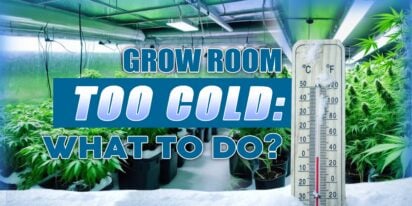
[ez-toc] In indoor gardening, maintaining an optimal temperature within your grow tent is crucial for the health and productivity of your plant

[ez-toc] Welcome to the delightful world of cannafudge crafting, where sweetness meets sophistication, and cannabis infusion adds a unique twis
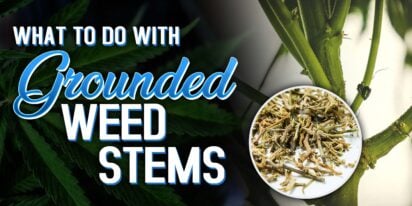
[ez-toc] You’ve finished trimming your weed, but what about those leftover stems? Don’t throw them away! These seemingly useless bits can a

Feeling high can be an exhilarating experience, but it's essential to make the most of it by engaging in activities that enhance the sensation a
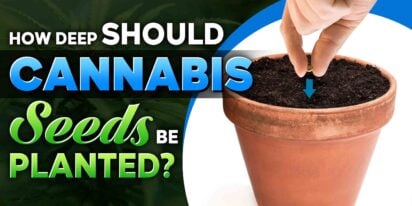
[ez-toc] Starting with planting cannabis seeds might seem simple, but how deep should cannabis seeds be planted for them to grow well. In this

[ez-toc] In the realm of cultivating cannabis, maximizing growth during the flowering stage is a top priority for growers. While various method

[ez-toc] Nutrient burn is a common issue among plant enthusiasts, often resulting from over-fertilization or improper nutrient application. It

[ez-toc] Welcome to our complete guide to dealing with harmful pathogenic mold in cannabis. For those who grow cannabis, preventing mold is vit

In recent years, there has been speculation about “did Shakespeare smoke weed?” This idea originates from a study by South African anthropol
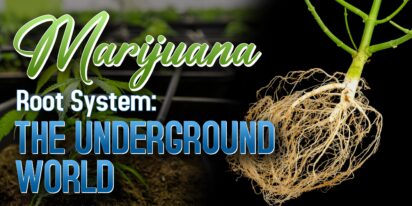
[ez-toc] Welcome to the hidden world beneath the soil – the inside of the marijuana root system. While the vibrant leaves and resinous flower

Are You 18 Or Over?
YesOr
No By clicking yes, you certify that you are over 18. By using this website, you agree to our legal disclaimer.